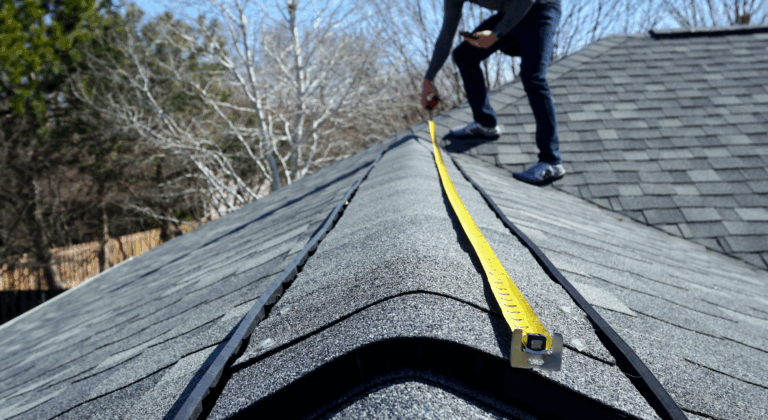Your deck is a cherished spot for relaxation and social gatherings, so it’s crucial to keep it in top shape. However, as the years go by, wear and tear are unavoidable. Decks, while generally durable, eventually need a refresh. Investing in a new deck not only enhances your home’s aesthetics but also adds long-term value.
But what’s the typical lifespan of a deck?
Well, a wooden deck usually lasts around 10 to 15 years, while composite decks come with warranties spanning 25 to 30 years. Of course, the actual life expectancy depends on factors like environmental conditions, the quality of materials used, and how well it’s maintained.
Minor wear and tear can often be patched up with repairs, but when should you consider a full replacement? Let’s explore some key indicators:
- Rotted Wood: Over time, all decks will encounter some level of rot. For small areas, you can often replace individual boards. However, if extensive rot affects the entire deck or its supporting structures, it’s time for a replacement.
- Extensive Surface Issues: Warped, cracked, or split boards are clear signs of an aging deck. If these problems are confined to a few boards, repairing them can make the deck safe again. But if your deck shows extensive surface damage, especially in older decks, it’s usually best to opt for a replacement.
- Unstable or Loose Railings: Deck railings are vital for safety. Loose railings can be fixed, but they might indicate more significant underlying issues that require a thorough inspection.
- Unsecured Ledger Boards: Ledger boards anchor your deck to your home. If you notice them pulling away, it’s a serious concern. Many decks in poor condition have unsecured ledger boards, which typically necessitates a new deck.
- Damaged Posts or Joists: The posts and joists that provide structural support are essential for stability. Once these components suffer extensive rot, damage, or wear, spot repairs won’t cut it. Decks with this level of damage are at risk of collapsing.
- Extensive Mold or Water Damage: You can use pressure washing to deal with surface mold and stains to maintain your deck’s appearance. However, if mold has penetrated deep into the wood or water damage has caused softening and rot, it’s time to consider replacement.
- Termite Infestation: Termites can wreak havoc on posts, beams, or slats. If you spot visible termite damage, it’s a clear sign that your deck needs a professional inspection and may require replacement.
So, is it time to replace your deck?
If your deck has extensive damage, it’s a risk that’s not worth taking. A deck collapse can lead to serious injuries. To ensure years of worry-free enjoyment, consider hiring a professional contractor to build you a brand new deck.




